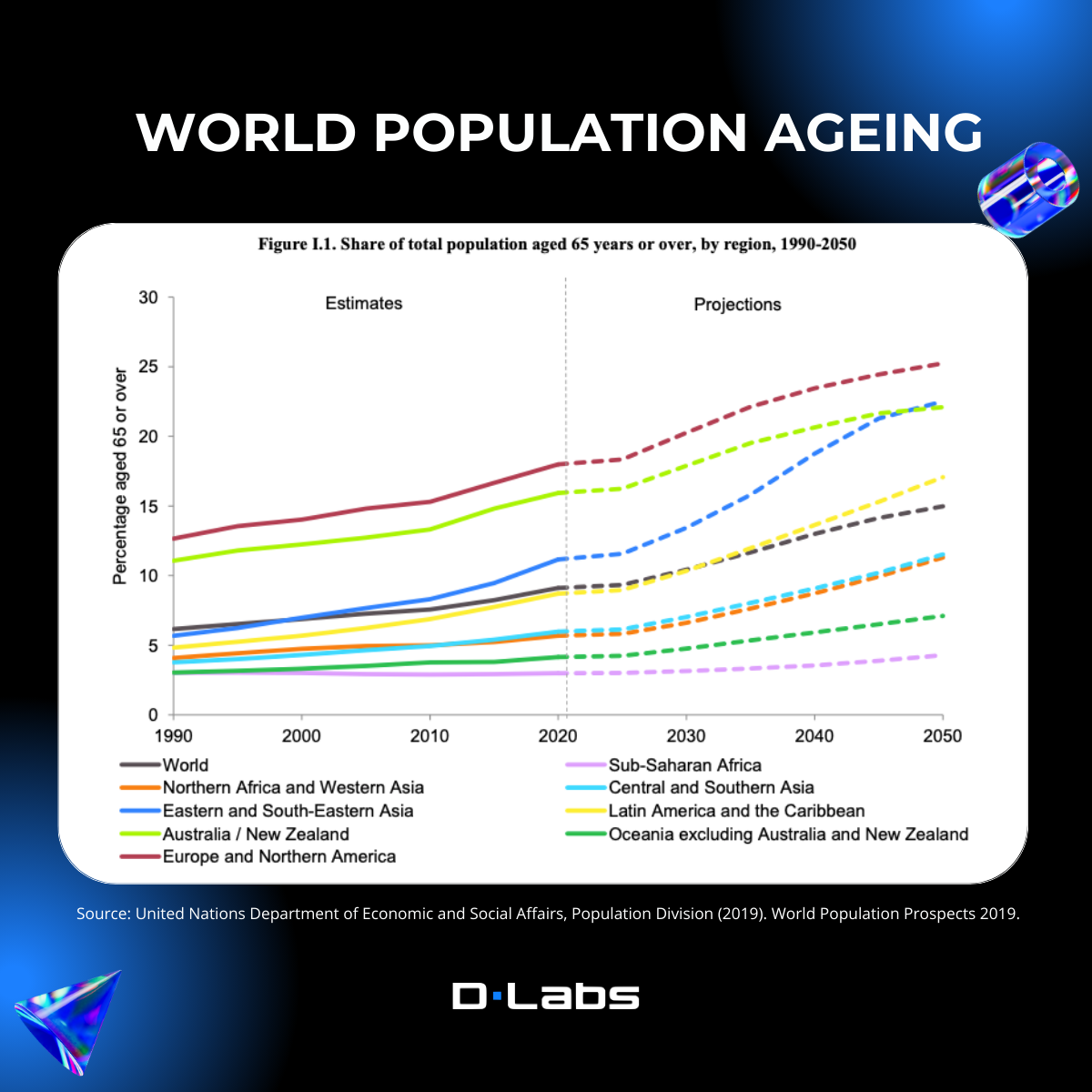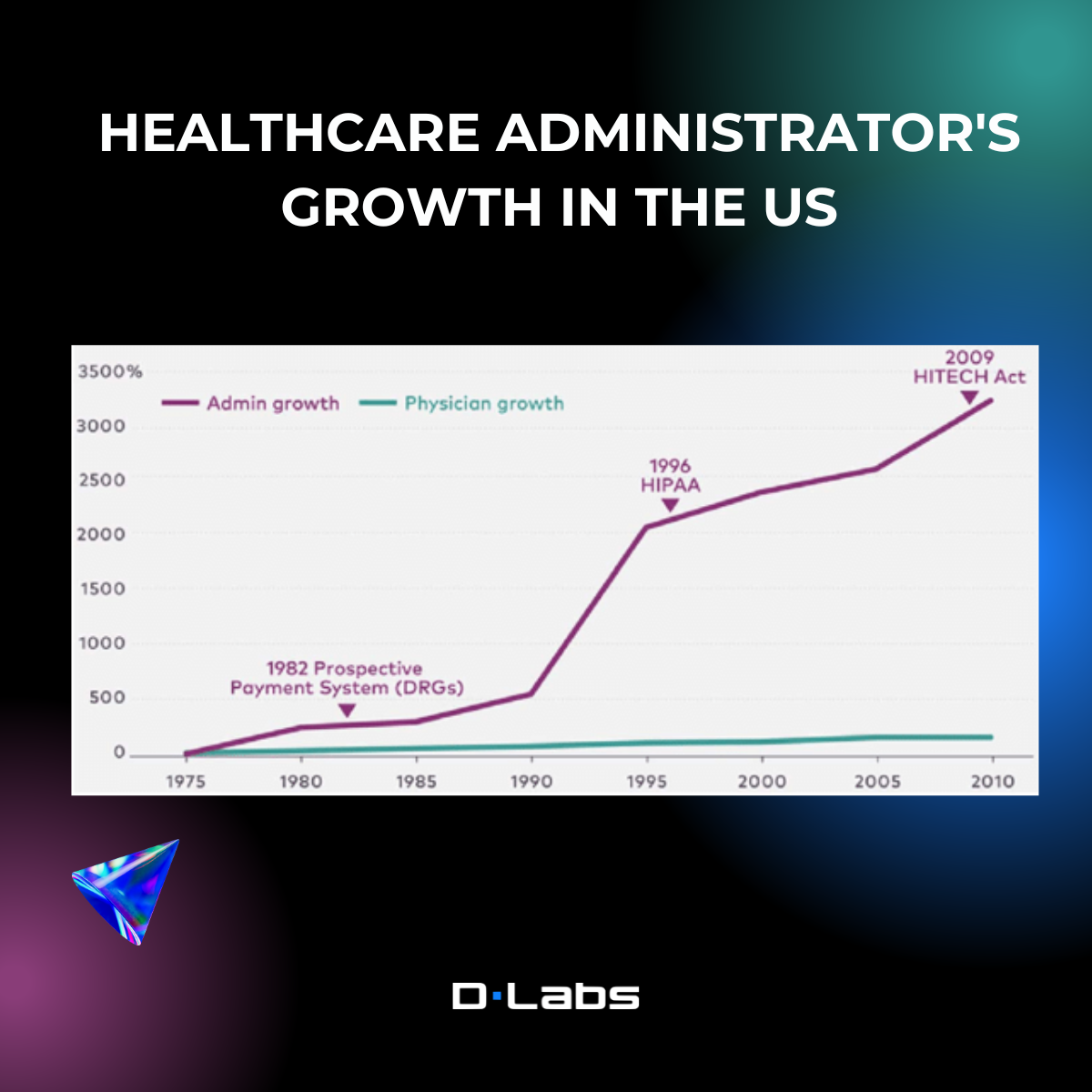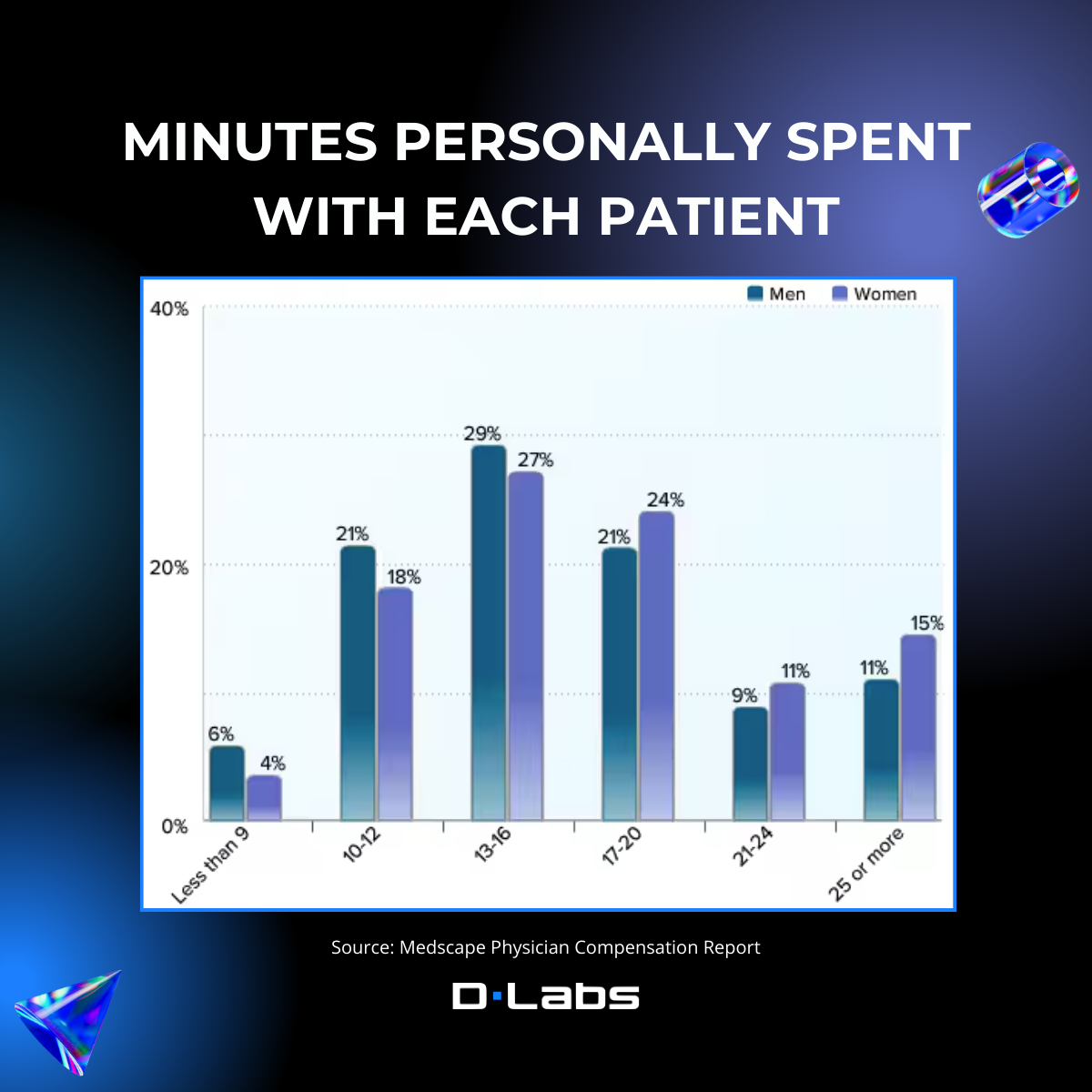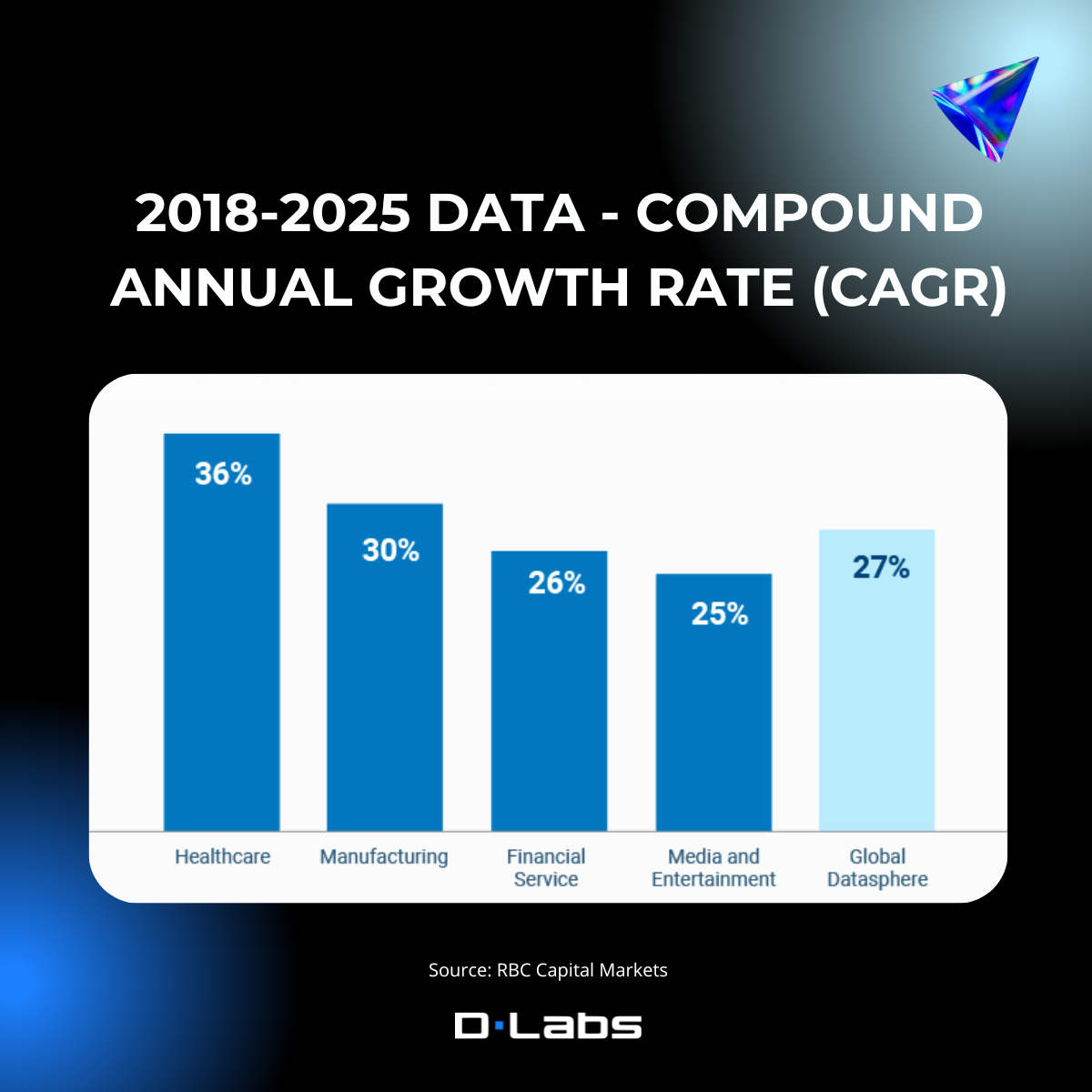Despite considerable advancements, the healthcare industry remains entangled in significant challenges that undermine its fundamental mission: prioritizing patient care and enhancing treatment experiences. This article offers an in-depth examination of the top 10 challenges confronting the healthcare sector in 2025, highlighted by revealing data from the latest industry reports and studies.
Join us as we unpack these insights, offering you a richer perspective on the intricacies of the healthcare landscape. We hope this exploration inspires you to devise impactful new solutions.
1. Staff Shortages
One of the most pressing challenges facing the healthcare industry today is staff shortages. This issue, deeply felt by individuals managing chronic conditions like diabetes, signals a broader crisis within the health sector. The World Health Organization (WHO) has sounded the alarm, projecting a global shortfall of 10 million health workers by 2030, predominantly in low- and lower-middle-income countries.
The ramifications of this shortage are far-reaching and set to worsen as the global population ages. Estimates indicate that the number of people aged 65 and older will more than double, growing from about 700 million today to 1.5 billion by 2050.
This demographic shift promises to place unprecedented strain on healthcare systems worldwide, exacerbating the challenge of staff shortages and underscoring the urgency of finding effective solutions.
2. Employee Burnout
Due to staff shortages that result in longer shifts and heightened mental strain for healthcare workers, companies within the industry must confront another significant challenge: employee burnout. Despite offering financial incentives for additional hours, the emotional toll remains substantial, positioning healthcare as one of the most demanding fields to work in.
Alarmingly, 60% to 75% of healthcare professionals, including doctors and nurses, report symptoms of depression, exhaustion, and sleep disorders, indicating a crisis more acute than in many other industries. This widespread burnout has substantial economic repercussions, costing the U.S. healthcare system around $4.6 billion annually.
Addressing this issue is crucial. Finding ways for healthcare workers to achieve a work-life balance is not just vital for their well-being but is also essential for maintaining the overall health of the healthcare industry.
3. Huge Volume of Back-Office Tasks
The healthcare sector is not only grappling with staff shortages and employee burnout but also faces the challenge of an overwhelming volume of back-office tasks. This surge in administrative duties is closely linked to the previous challenges, significantly reducing the time doctors and nurses can dedicate to patient interaction.
The growth of administrative roles in healthcare has been astonishing. Between 1975 and 2010, while the number of doctors in the U.S. increased by 150%, the number of healthcare administrators saw an exponential rise of 3,200%. This disproportionate growth highlights a shift towards a more bureaucracy-heavy healthcare system, where the focus on patient care is increasingly burdened by administrative requirements.
The impact of this shift on healthcare professionals is profound. Back-office tasks unrelated to direct patient care now consume about 51% of a nurse’s workload and 60% of a physician’s activities. This diversion of resources towards administrative tasks detracts from the primary mission of healthcare providers: to offer quality care to patients.
The challenge now lies in finding a balance that allows healthcare workers to focus more on patient care and less on the burdensome paperwork that currently dominates their workdays.
4. Too Little Patient/Doctor Time
A critical challenge compounding the healthcare sector’s woes is the diminishing time available for patient-doctor interactions. According to Medscape, around half of all physicians spend less than 16 minutes with each patient. This issue is intricately linked to the overarching problem of physicians being overwhelmed by administrative tasks, leaving them with insufficient time for their patients.
The trend of rushed interactions between doctors and patients is not new but has been worsening over the years. Physicians find themselves dedicating up to 20 hours a week to administrative duties, significantly cutting into the time that could be spent in patient care. This situation leads to a double-edged sword: patients often feel unheard and underserved, while doctors experience the frustration of not being able to provide the level of care they aspire to.
5. Low Patient Engagement
Low patient engagement represents a significant and longstanding challenge within the healthcare industry. A striking statistic reveals that only one in five patients are informed by their providers about available digital communication methods, highlighting a gap in efforts to foster engagement.
The consequences of low patient engagement extend far beyond a lack of communication; they are deeply rooted in the healthcare outcomes that patients experience. Disengaged patients face a threefold increase in the likelihood of having unmet medical needs and are twice as likely to delay seeking medical care. This disconnection not only jeopardizes individual health outcomes but also places a greater strain on the healthcare system as a whole.
From a business perspective, the implications of low patient engagement are equally dire. Disengaged patients are more inclined to switch providers in search of better communication and care, potentially leaving negative feedback that can tarnish a practice’s reputation and lead to revenue loss.
The financial costs associated with poor patient engagement are significant, reflecting not just in lost revenue for healthcare providers but also in the increased healthcare costs resulting from delayed treatments and unmet medical needs.
6. Sub-Standard Medication Adherence and Disease Management
A significant hurdle in healthcare is the widespread issue of sub-standard medication adherence and disease management. This challenge is particularly acute in the management of chronic conditions such as diabetes, heart disease, and hypertension, where an estimated 40-50% of patients do not adhere to their prescribed medication regimes.
The consequences of medication nonadherence are profound, both in terms of human life and economic impact. Nonadherence is responsible for at least 100,000 preventable deaths annually, alongside incurring over $100 billion in unnecessary medical costs each year. These figures underscore the critical need for improved strategies in medication adherence and disease management, highlighting a gap that has dire ramifications for patient health outcomes and the broader healthcare system.
7. High Drop Rates
A persistent and multifaceted issue plaguing the healthcare sector is the high rate of patient no-shows. This problem significantly affects resource utilization and undermines the quality of healthcare services, leading to substantial revenue loss, especially in high-demand services. Studies report no-show rates ranging from 12% to 80% across various healthcare settings, with a combined average of no-show and cancellation rates sitting at 23% both in the U.S. and globally.
No-shows represent missed opportunities for healthcare delivery, squandering valuable time slots and resources. This not only disrupts operational efficiency but also negatively impacts patient health outcomes by delaying diagnosis and treatment. The ripple effects extend to prospective patients, who face longer wait times for appointments, leading to decreased satisfaction.
 The financial implications of high drop rates are stark. For example, a study “Evaluating the Impact of Patient No-Shows on Service Quality” estimated that 67,000 no-shows could cost the healthcare system around $7 million. In specialized departments like radiology, where the use of expensive equipment such as X-Ray and MRI machines is crucial, the financial strain from underutilization can be particularly severe, posing significant challenges to healthcare organizations’ fiscal stability.
The financial implications of high drop rates are stark. For example, a study “Evaluating the Impact of Patient No-Shows on Service Quality” estimated that 67,000 no-shows could cost the healthcare system around $7 million. In specialized departments like radiology, where the use of expensive equipment such as X-Ray and MRI machines is crucial, the financial strain from underutilization can be particularly severe, posing significant challenges to healthcare organizations’ fiscal stability.
8. Tight Budgets
The eighth challenge facing the healthcare sector is the issue of tight budgets, a concern that significantly impacts operational and strategic planning within healthcare organizations. A report by Syntellis Performance Solutions and Wakefield Research, based on responses from 200 hospital and health system executives, highlights the gravity of this challenge. According to the study, approximately 80% of healthcare executives admit that the repercussions of inadequate budgeting and financial planning ultimately fall on the patients, manifesting in increased costs for care.
The pursuit of cost containment emerges as a pivotal goal among healthcare leaders, with three-quarters of executives identifying it as one of their paramount objectives. Notably, 37% of those surveyed pinpointed cost containment as their single most important priority, underscoring the acute focus on financial stewardship within the sector. Additionally, more than half of the executives expressed concern over the impact of inflation on healthcare costs, with 52% highlighting it as a significant worry.
This challenge highlights the pressing need for effective financial management and innovative solutions to maintain high-quality care amidst financial constraints.
9. The High Costs and Lengthy Process of Drug Development
A pressing challenge within the healthcare sector, and a hot topic among venture capital funds and major corporations, including the Big 4, is the costly and lengthy process of drug development. This process is notoriously complex and expensive, with the cost of bringing a single drug to market ranging from $10 million to an astonishing $2 billion. These figures largely depend on the extensive studies required to prove a drug’s safety, efficacy, and secure regulatory approval.
A significant factor driving these exorbitant costs is the high failure rate of drugs in development; approximately 90% of medications tested in humans never reach the market due to safety concerns or lack of effectiveness. Moreover, the reliance on animal testing, which remains the gold standard in pharmaceutical research, contributes to this inefficiency. This reliance not only raises ethical concerns but also often fails to accurately predict how a drug will perform in humans, leading to high rates of attrition and escalating development costs.
10. The Lack of Data-Driven Decisions
The final crucial challenge facing the healthcare industry is the absence of data-driven decision-making. This issue became glaringly apparent during the initial stages of the pandemic when the sector struggled to navigate the crisis without a robust forecasting system. The need for accurate predictions to prepare for shifts in insurance markets, economic changes, consumer behavior, and potential future health crises has never been more critical.
Moreover, the healthcare system grapples with imprecise forecasting in its day-to-day operations, leading to staggering waste costs. For instance, within the US healthcare system, this ranges from $760 billion to $935 billion, approximately 25% of total healthcare expenditure.
The irony lies in the healthcare industry’s production of vast amounts of data. According to RBC Capital Markets, approximately 30% of the world’s data volume is being generated by the healthcare industry. Moreover, by 2025, the compound annual growth rate of data for healthcare will reach 36%.
This data encompasses a wide array, from electronic health records (EHRs), which include medical histories and test results, to a myriad of other types and sources such as paper records, legacy system data, financial transactions, and much more.
Despite this abundance of data, the challenge lies in its diversity and dispersion across various formats and systems, making it difficult to harness effectively. With the rise of wearable devices and digital health services, the volume and variety of healthcare data are only set to increase, necessitating sophisticated analytics tools and strategies to make meaningful, data-driven decisions.
Let’s Tackle These Healthcare Challenges with AI Together
Are you looking to solve any of these challenges? Let’s develop an AI solution together!
Did you know that many of these challenges can already be addressed by artificial intelligence? For example, The AHA Center for Health Innovation report states that AI can perform 40% of the tasks carried out by non-clinical staff and 33% of the duties undertaken by clinical staff.
However, this is just one of many examples. At DLabs.AI, we are committed to addressing the challenges faced by the healthcare sector through the power of data and artificial intelligence.
Schedule a free consultation with our AI expert, and let’s discuss how we can help you today!
Artykuł 10 Biggest Challenges Facing the Healthcare Industry in 2025 pochodzi z serwisu DLabs.AI.





